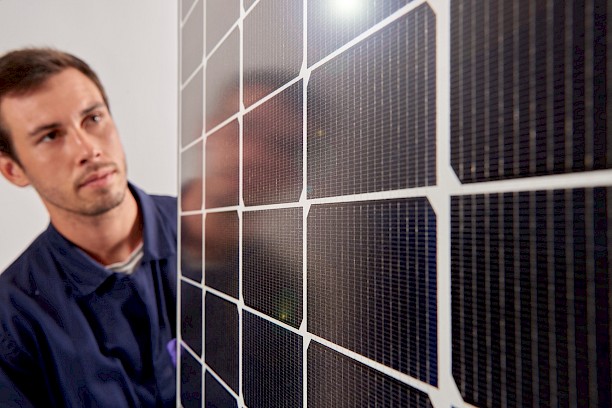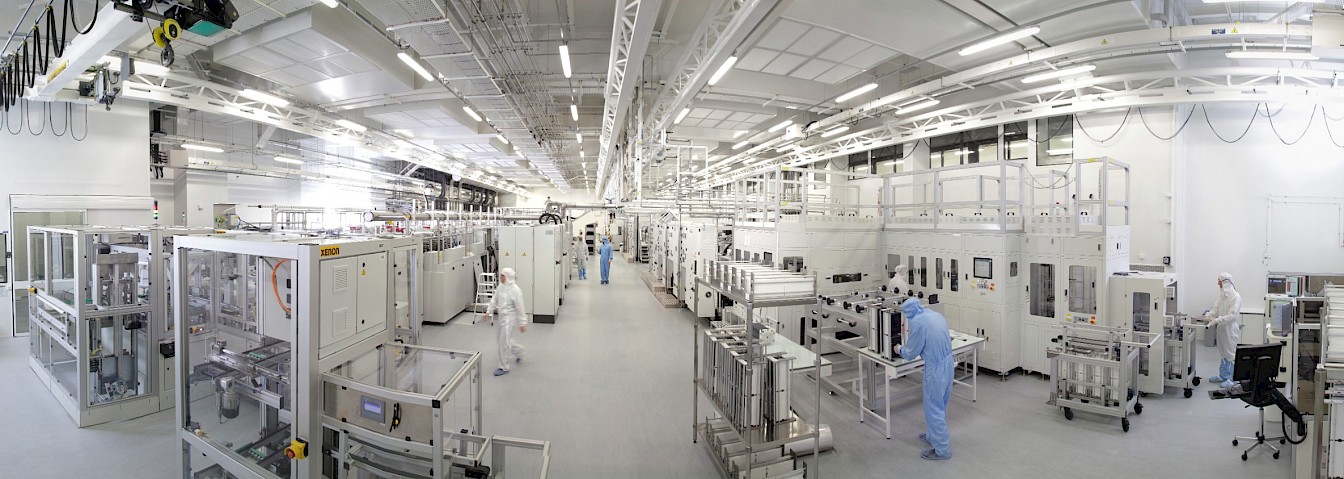The CEA at INES is developing competitive and promising technologies for the years to come. Research activities mainly concern photovoltaics based on silicon, cells and modules, and the advanced processes to produce them. They focus on two major challenges:
- Achieving the best energy efficiency with 25% efficiency on silicon and 30% with tandem cells.
- Continuing to reduce costs to ensure the competitiveness of innovations and to achieve an increasingly competitive cost of solar electricity.


